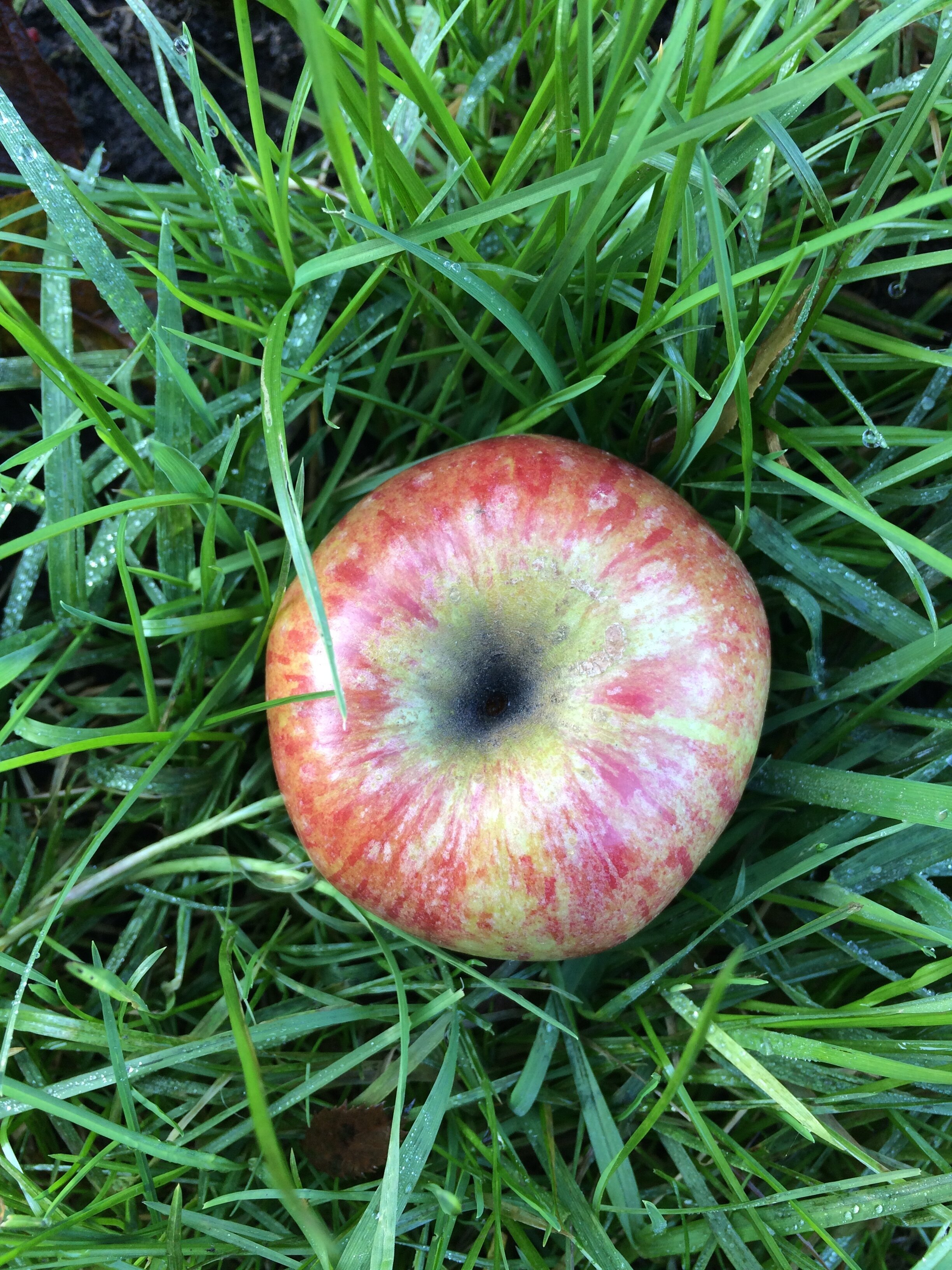Fruit trees online shop
Browse our collection of fruit trees grown at our nursery in Leeds.*
Delivery/Collection: We supply bare root trees across the UK throughout the winter, sent November-March. All items (incl. potted trees) are available for collection in Kirkstall, Leeds.
Lead times: As a busy social enterprise, turnaround for orders can take 1-3 weeks, but get in touch if you need an order sooner and we’ll let you know if it’s possible.
Images are for guidance only and may not depict the listed variety.
*Asterisks indicates trees originally grown at another nursery.
Fruit trees by type
Recommended varieties
Delicious and reliable, these are some of our favourites!
FAQs
-
Take a look at our Variety Guide and note down some of your favourite varieties!
Make sure you check your chosen tree(s) have the pollination partner(s) they need. Or, choose a self-fertile variety if there aren’t other fruit trees nearby.
Think about which rootstock would be best for your tree with our handy rootstock guide. The rootstock determines the height the tree will grow to.
See what’s available on our online shop and place your order.
We’re more than happy to help if you’re stuck. Just contact sales@fruitworks.org.uk or 07587677455.
-
All our trees are grafted by us, allowing us to select the most desirable fruit varieties and root qualities.
We specialise in propagating fruit trees suited to our northern climate, including rare and unusual varieties that are hard to come by anywhere else.
We use natural methods, without the use of chemicals and we use peat-free compost for our pots.
-
Local delivery (in the Leeds area) is available by arrangement for an extra fee — contact us.
UK Delivery is available for bare root trees (dispatch in winter), rootstocks and books.
See our Delivery & Collection Information for rates.
-
Yes. You can order your trees online and collect them at your convenience from Kirkstall, Leeds. You’ll be notified when your order is ready for collection.
-
Yes. Please email sales@fruitworks.org.uk for more information or call 07587677455.
Trees available as dwarfing trees
The varieties here we have available as dwarfing trees. On the product page, select a dwarfing rootstock. (For explanation, see our rootstock advice page.)
Self-fertile trees
Most fruit trees need to be near to another tree of the same species (e.g. apple) that will be in flower at the same time, for pollination to occur. In urban areas, there are usually plenty of other fruit trees around so this is not a worry. If you suspect there aren’t other fruit trees near to where you want to plant yours, a self-fertile tree can bring peace of mind.

























An excellent dual-purpose variety that is also good in cider. Pale yellow skin with a red flush. Strong flavour with a hint of pineapple. Stores well.
Type: Dessert/Culinary/Cider
Season: October-April
Pollination: Self-fertile. Pollination group C